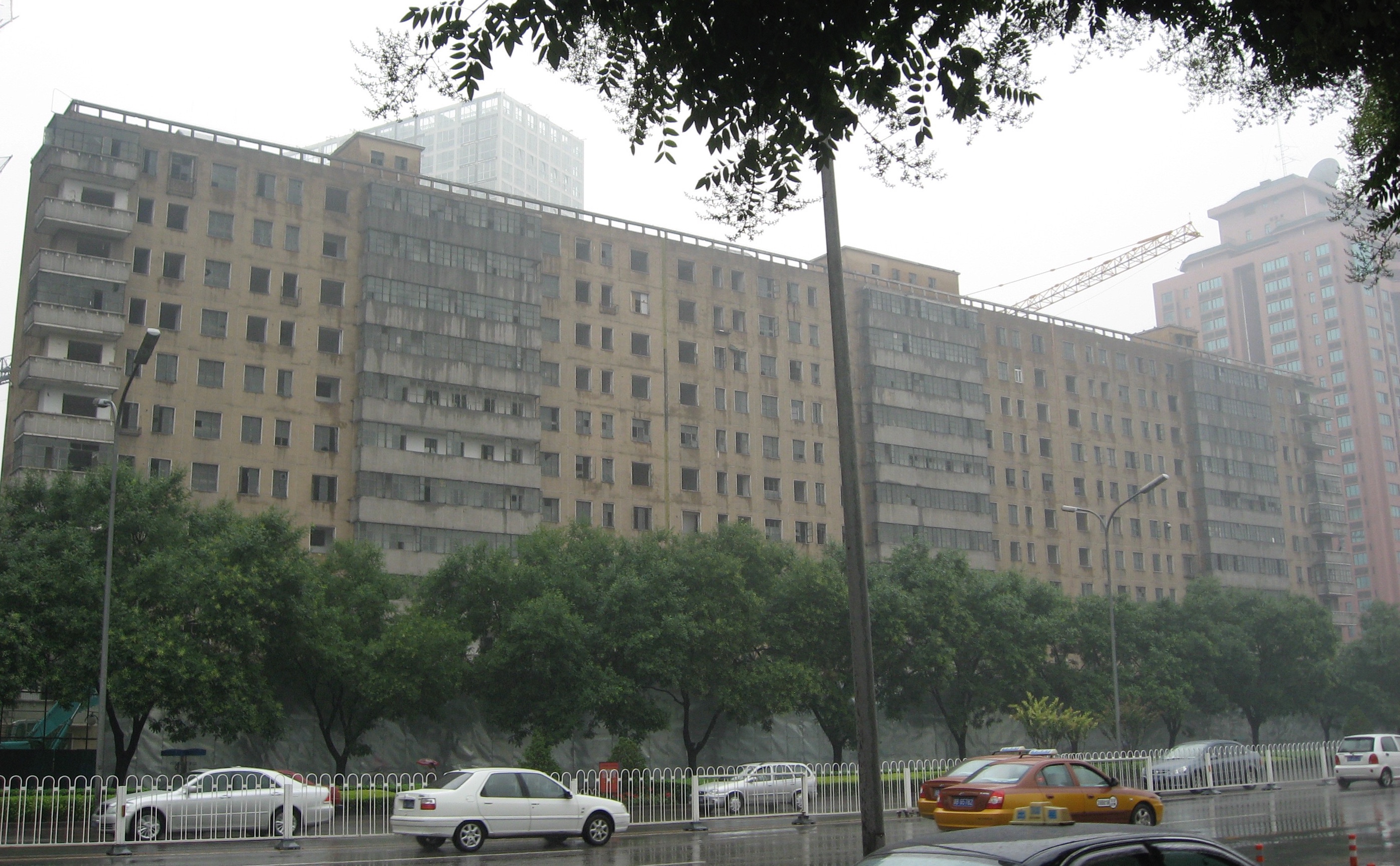In the summer of two thousand seven lives a boy I will remember forever.
In the echoes of experience lie good stories.
In my memory this boy boards the train to Beijing on a Friday evening. It is summer, closing in on his birthday, and the sleeper cars are mercifully air conditioned. This train was new when he first moved to China, the car interiors a spotless white. The first time he rode it, in summer of two thousand four, the twelve hour ride to Beijing was incredible, so fast. Three years later everything feels well-used, a patina of hand prints on each door handle and section of wall surrounding. This overnight train from Shanghai was an improvement on the fourteen plus hours and hard sleeper trains of prior years, the late nineties and early aughts. In the present day the speed is not impressive; the current high speed line runs Shanghai to Beijing in only six hours. In two thousand four twelve hours seemed fast, but by two thousand seven it had become routine, and whole new ways of life had been built around the overnight sleeper’s reliability. Families in Beijing could have one parent take a job in Shanghai, commute down Sunday night, head to work Monday morning, and run the reverse on Friday. They’d stay with friends or family on week nights and be home when the kids got up on Saturday.
We never know what kind of lives the future will support.
In two thousand seven the boy who boards this train to Beijing is preoccupied. He throws his backpack in his berth. When the older Chinese couple in his compartment asks if they can have the bottom bunk he acquiesces without thought. Foreigners prefer top bunks, they say, and he agrees. Foreigners do. They’re happiest when able to sleep. Chinese families prefer the bottom bunks in this small four bed compartment. More social, better for eating and chatting. The boy moves his bag up high and steps back into the hallway. There are small tables and seats at intervals that fold up against the wall when not in use. He squats at one, charging his phone off the outlet beneath.
We never know what kind of lives the future will support, he thinks, scrolling through email on his Blackberry. This is a new technology, his third “smartphone” but the first one that supports work email, that is paid for by a company. He has had it since May, purchased in Los Angeles, and it is his favorite device ever. On this train though it will be a weight around his weekend adventure. He is heading north to see a friend from Hawaii who is in China taking classes for the summer. Despite the weight they will have an excellent weekend.
The train leaves promptly at seven oh five pm, and the phone starts ringing shortly after. It is a woman from Indonesia, someone he has never met. She wants him to guarantee a shipment of fabric from a Chinese factory that is sitting in port in Jakarta. The shipment is valued at fifty thousand dollars. And so they debate, on the phone, as the train moves out of Shanghai headed north. Through Jiangsu they debate who is to bear the responsibility if the fabric has an issue, and why the Chinese factory that made it can or can not be trusted. Fifty thousand dollars. The fabric is to be made into dresses, for delivery to his company in the United States. There is a deadline, a ship window, and he urges her to have faith, to make the order, to pay the Chinese supplier. Again and again she asks him to personally back the shipment. They have never met. In a year he will leave this job and return to the United States. They will never meet.
The phone call drops, it is two thousand seven and he is on a high speed train. Standing in the vibrating space between cars where he’s moved to have some privacy the boy stares out the window at the Chinese countryside. Already then he knows he will never forget this evening. A boy from upstate New York, not yet twenty eight, taking the overnight train from Shanghai to Beijing, spending the whole ride arguing with a woman in Jakarta over fifty thousand dollars. How did this become his life?
The phone rings.
In two thousand sixteen I stand outside a bar beneath a highway in San Francisco. It is eleven pm on a Wednesday. The phone number on the screen is long, international. I answer it.
On the other end is a man in India I will never meet. He wants me to guarantee some charges on a shipment. The container is sitting in the port in Mumbai. We debate dollars. Excuses are made. Clear the cargo, I ask. Send me receipts.
I start walking. Somewhere in the next two blocks we are cut off. For the length of one red light I stand on the corner of 14th and South Van Ness staring at the phone. I am thinking of that woman in Indonesia, fifty thousand dollars, and the train ride to Beijing in two thousand seven when the phone rings again.
“Hello,” I say.
In some moments the future feels like the past, imperfectly recreated.
